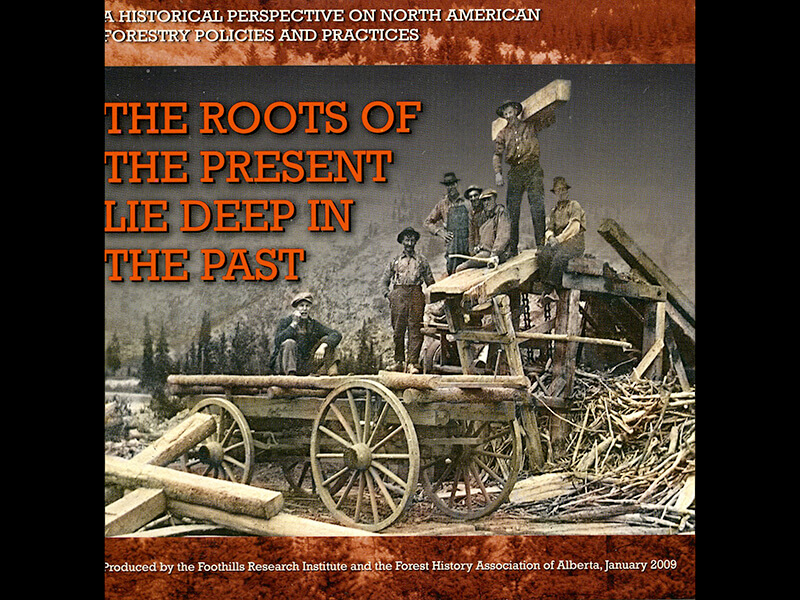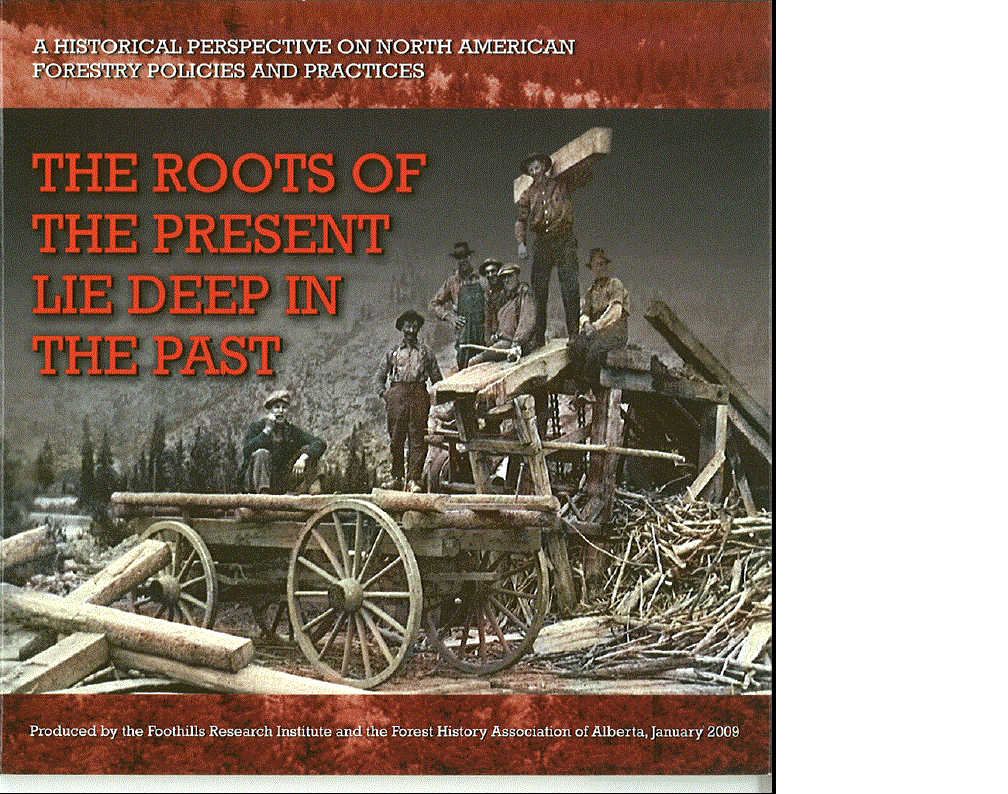From October 2–6 2004, over 1500 delegates attended the joint Canadian Institute of Forestry/ Society of American Foresters joint convention and annual meeting at the Shaw Convention Centre in Edmonton, Alberta. The October 4 plenary session on forest policy and forest history, “The Roots of the Present Lie Deep in the Past,” was recorded and produced by fRI Research. The five presentations can be found below.
Charles Kay is an adjunct professor of in the Political Science Department of Utah State University, specializing in the historical roots of biodiversity and wildlife ecology in the west. Some of this research includes an in-depth review and analysis of the annals of the Lewis and Clark expedition to the Pacific Ocean 200 years ago. Currently, his work includes projects with the US Forest Service in southern Utah and Parks Canada in the Canadian Rockies.
In this presentation, he described the relationships between fire, people, and biodiversity in pre-contact Western North America.
Cliff White, Banff’s Conservation Biologist, heads an interdisciplinary group of specialists in the park. He initiated the park’s early fire-based vegetative management program in the 1980s, and currently is conducting research on the regional ecosystem effects of recent major reductions in the park’s elk population, and on the biodiversity and wildlife effects of the park’s large-scale prescribed burn program.
Dr. White outlined how Banff National Park is applying lessons from the past to conserve heritage resources today and into the future.
Tom Maccagno (1939–2012) was a practising lawyer, sometime politician and avid historian from the northern Alberta community of Lac la Biche, Canada’s 2004 Forestry Capital. He received many awards for his long service in documenting and preserving the history of western Canada including a Conservation Gold Award from the 2003 Canadian Environment Awards program. His articles dealing with the natural and historic heritage of the Lac la Biche region have appeared in a number of publications.
Among his many interests, he was an expert in the development of the fur trade in western Canada and the role of aboriginal peoples and women in that rich history.
Tom explored the relationships between aboriginal peoples and European fur traders, and the evolution of cultural diversity in Western Canada.
Char Miller is history department chair, and director of urban studies at Trinity University in San Antonio Texas, and a board member of the Forest History Society. He is a published and award-winning author. His book Gifford Pinchot and the Making of Modern Environmentalism won several awards including the 2003 Charles A Weyerhaueser Book Award from the Forest History Society. He is also the co-author the The Greatest Good: 100 Years of Forestry in America.
Professor Miller described the development of forest management and policy in the United States as it is reflected in the history of the US Forest Service.
Peter Murphy, former associate Dean of Forestry at the University of Alberta, is no stranger to foresters across north America. Now retired as a former president of the Canadian Institute of Forestry, and a former president and current board member of the Forest History society, he has authored or co-authored a number of books and publications on the history of forestry and fire protection in western Canada. He also has received many awards for his work in forest history and policy, including the Canadian Forestry Achievement Award of our Institute.
Professor Murphy described how the paths of forest management and ownership in Western Canada and the United States, while rooted in the common history of British North America, diverged following the American Revolution.








